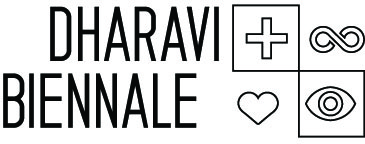Discussing fashion choices in the group, Suraiya says she feels most comfortable in her salwar kameez and wouldn’t trade it for anything. For 50-year-old Nirmala, a saree is like a second skin. Usha, on the other hand, reluctantly admits that if she lived in a foreign country she would want to experiment with jeans and skirts. She has the height to carry it off, she says. The other women in the group nod in agreement. Usha, a tailor and mother of two, says that her friends and relatives would think she was immodest if she turned up in jeans and a tee.
Developed from the concerns raised in the previous Artbox Provoke/Protect, Dream Girls is a comment on clothing as an expression and an extension of our personality. While guided by their own sense of appropriateness, women internalize dress restrictions. Their choices are monitored by regulatory systems: socio-cultural, familial, peer group, fashion trends.
If you could wear whatever you wanted, what would it be? Dream Girls is a set of three seaside postcard cutouts appliquéd on calico. Each panel illustrates a fantasy: attending a wedding in a rich saree, wearing a seductive cabaret number or dancing in the moonlight in a ballgown. Be it a foreign culture, affluence or openness about one’s sexuality, the installation presents a wish come true, even if it is momentary. The cutouts have the flavour of the funfair, but comment on patriarchal standards.
The dresses are named after Bollywood actresses whose choice of attire (in reel or real life) exemplified the statement the participants wanted to make: Katrina for the blue gown, Helen for the cabaret two-piece, Rekha for the luxuriant saree.
Mentor Artist
Participant Artists
Rutha David, Rupa Sanghati, Usha Kharatmal, Savitri Mane, Nirmala Punjabi, Kismeti Jaiswar, Pushpa Parmar, Sheventa Khade, Anita Doiphode, Nisha Bidu, Nisha Devaliya, Shamim, Suraiya, Pooja
Health Expert
Dr Nayreen Daruwalla, clinical psychologist and Director, Prevention of Violence Against Women and Children, SNEHA




